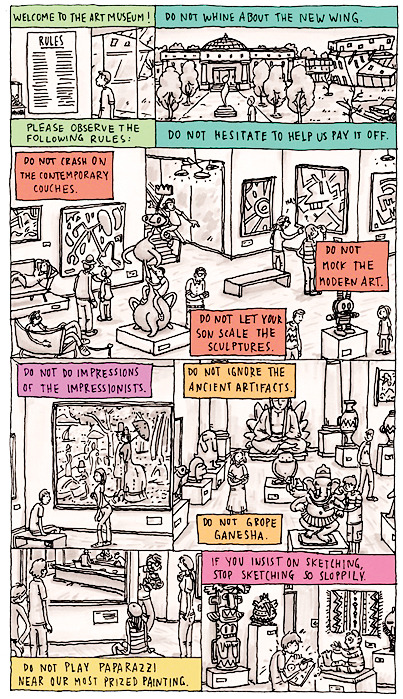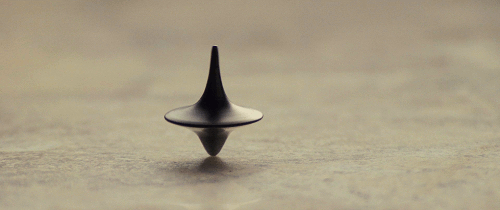 Sinkers
Sinkers
He said,
“She took out all my insides
and hung them on the outside,
on all the lonesome ledges
she had loved
and hung from
and she put out all the candles
and she put out all the noise
and the moon got quiet,
she said,
‘to make it like the water,’
and I looked at her for answers,
and she lit up all my insides,
and she strung up all my questions
and I thought that it was madness, but
knew that it was goodness,
then
she anchored me to the floorboards
with spoons and stakes and newsprint
for which she had paid in pennies,
and the promise that she would do this,
and when I was all around us,
she lay there on the carpet,
and she stared up through my branches
and they were waving in the water,
she said,
‘I know what you are thinking,’
and she did.
Annnnnnnnnnnd, something not-mine that I love:
Dark Wood, Dark Water
by Sylvia Plath
This wood burns a dark
Incense. Pale moss drips
In elbow-scarves, beards
From the archaic
Bones of the great trees.
Blue mists move over
A lake thick with fish.
Snails scroll the border
Of the glazed water
With coils of ram's-horn.
Out in the open
Down there the late year
Hammers her rare and
Various metals
Old pewter roots twist
Up from the jet-backed
Mirror of Water
And while the air's clear
Hourglass sifts a
Drift of goldpieces
Bright waterlights are
Sliding their quoits one
After the other
Down boles of the fir.
























































